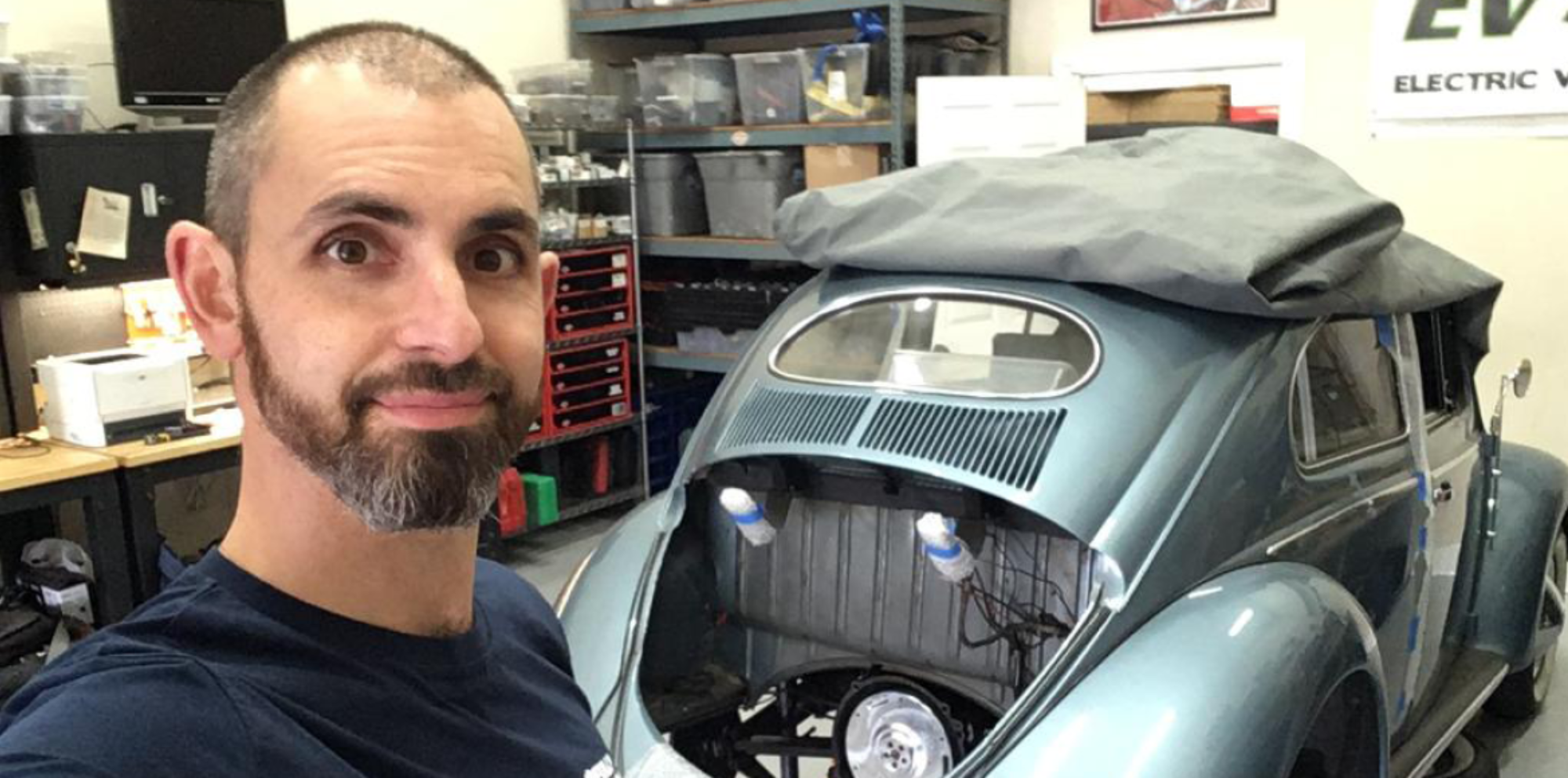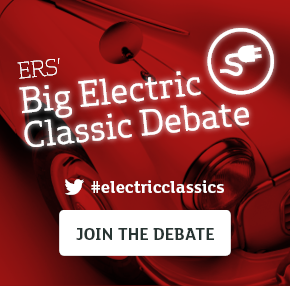We have seen the rise in sales and – I think – big shift towards acceptance of – electric new cars in the last few years. Tesla has acted as the poster child of making EVs (electric vehicles) desirable, tech-sexy and able to embarrass fossil fuel propelled machines. The other more established car brands are now following in hot pursuit. Jaguar, Nissan, BMW, Renault, Mercedes, Audi, Kia, Hyundai, Volkswagen and others are bringing EVs to market that intend to coax us out of diesels and into emission-free guilt-free tax-escaping luxury.
Even right now, with over 100 years of refinement, the internal combustion engine can only manage to be about 25-30% efficient. An electric motor? At least 95% efficient. And in terms of servicing intervals and moving parts an ICE (internal combustion engine) is far more complex and susceptible to needing maintenance. Crumbs.
I have personally seen a change of attitude towards plug-in cars since emission taxation continues to clamp down on drivers. People in Porsche Cayennes are swapping them for Tesla Model Xs. A two-car family is committing to changing one of their cars to a pure EV for the shorter journeys. Longer journeys are getting easily thanks to a rapidly increasing public fast charge network.
But where do classic cars sit in this silent revolution? Most of us are drawn to vehicles of yesteryear for their sound, their smell and their mechanical simplicity. I like to think I am deep-rooted car enthusiast with a broad church of appreciation for vehicles. As such I have gradually come around to the merits of EV and driven several classics converted to run voltage instead of unleaded.
It was very easy to scoff when Jaguar Heritage unveiled a restored E-Type roadster with a battery pack mounted precisely where the 3.8-litre six-cylinder engine once sat. It divided opinion - albeit Prince Harry is a fan clearly, given he and Meghan Markle used it as their wedding chariot. Jaguar has since been followed by Aston Martin, who will happily convert your classic DB to EV in-house.
These OEMs aren’t the first to do this – private enthusiasts and cottage industries like EV West in the US have been doing this for over 10 years now. Now there are several reputable converters in the UK and Europe doing the same. I’ve seen good ones, and I’ve seen appalling Frankenstein messes, so I judge the classic EV argument on a case-by-case basis.
The first thing you need to consider is what purpose you want to put your classic to. Do you drive it every day? Where do you live? If you live in central Singapore and want to drive a 1960s Jensen Interceptor then you’ll either pay through the nose or simply be denied driving an old car in such a clean-air urban space. Increasingly we are seeing cities oust the car.
I have owned dozens of classic cars and I drive an electric car every day. I also had a classic electric car, which had always been an EV but needed updating. For the purest classic car fan, the concept of converting to battery will be a hard pill to swallow. The way I see it if the car is common enough and the conversion is performed to a high standard, it can mean your classic gets out on the road and is used far more frequently. It’s far less hassle to maintain, less to go wrong and no need to warm up any engine or gearbox oil. An MoT and tax exempt classic EV will cost buttons to run.
So when it is ok and not ok? For me if the main attraction to one particular classic is its powertrain, then EV isn’t a great idea – unless you want to drive it in areas where it would otherwise be outlawed. In other words only a brave person would convert a Ferrari V12, Porsche flat six or Audi UR Quattro Turbo.
There are some classics where the aesthetics are the main draw and the oil parts are frankly disappointing, underpowered or sinfully unreliable. Step forward Citroen DS (gorgeous looks, lacklustre motor), DeLorean DMC12 (that PRV 2.7 V6 was slooow), Jeep Wagoneer, Volkswagen Type 2 Split Screen and any 4-wheeled Morgan. The party piece of these cars, by and large, is not the engine. By binning the pistons and embracing the EV they would probably become cooler, not to mention far more useable.
Make no mistake an EV conversion isn’t a decision to be made lightly. It is costly and you will never get a return on your investment. Convert to electric has to be a personal thing with a view to (hopefully) using your car more or, in the case of a lot of young people and those on the periphery of purchasing an old car, it might be the clinching factor to buying a classic. If you like the look of a car, but have no mechanical interest then you can effectively get the classic look without the classic car mechanical ‘hassle’.
I have a feeling this debate will swell and swell as 2019 turns into 2020. Before you poo-poo the notion of silence and instant torque you first have to try it. If nothing else my driving an electric car most of the week means that driving a piston classic at the weekend becomes even more of a rewarding event. Who’d have thought it?
Should classic cars be electrified? Join our online debate ers.com/electricclassics #electricclassics







